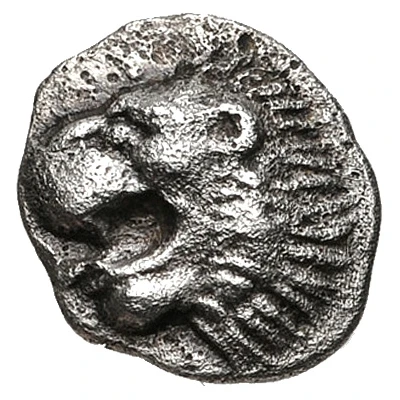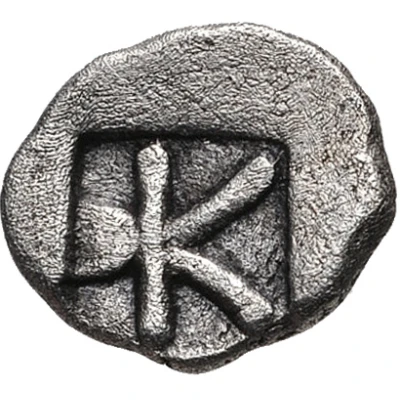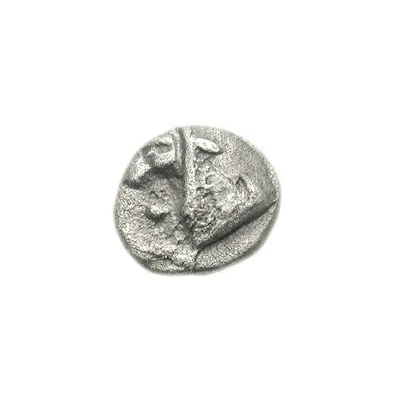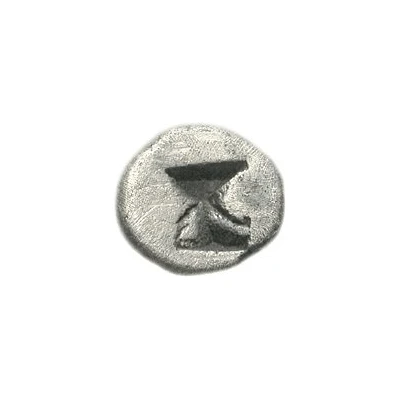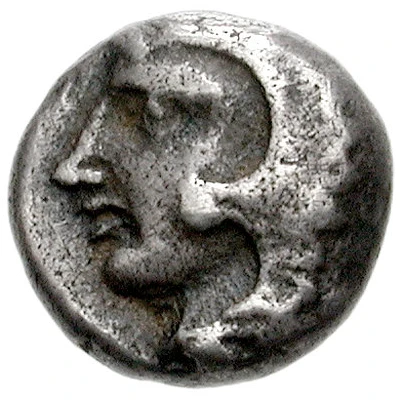
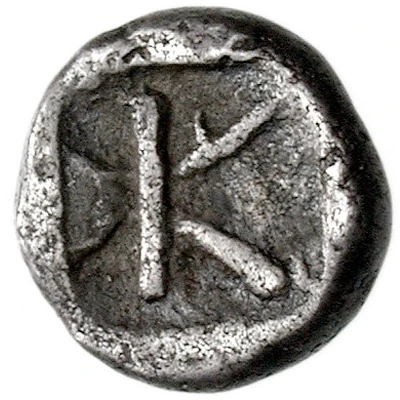

© Classical Numismatic Group, Inc.
Obol 470 BC - 420 BC
| Silver | 0.97 g | 9.0 mm |
| Issuer | Kleonai (Argolis) |
|---|---|
| Type | Standard circulation coin |
| Years | 470 BC - 420 BC |
| Value | Obol (⅙) |
| Currency | Drachm |
| Composition | Silver |
| Weight | 0.97 g |
| Diameter | 9.0 mm |
| Shape | Round (irregular) |
| Technique | Hammered, Incuse |
| Demonetized | Yes |
| Updated | 2024-10-09 |
| Numista | N#144524 |
|---|---|
| Rarity index | 100% |
Reverse
Incuse square containing a large K in the right half, the left half bisected by triangle in relief.
Script: Greek
Lettering: Κ
Interesting fact
The Obol coin from Kleonai (Argolis) was used as a form of currency in ancient Greece, specifically in the city-state of Argos, during the 5th century BC. It was made of silver and weighed approximately 0.97 grams. One interesting fact about this coin is that it features an image of a dolphin on one side, which was a symbol of the city-state of Argos. The dolphin was considered a sacred animal in ancient Greece and was often associated with the god Poseidon, who was revered as the protector of the city. The Obol coin was used for everyday transactions and was an important part of the ancient Greek economy.
